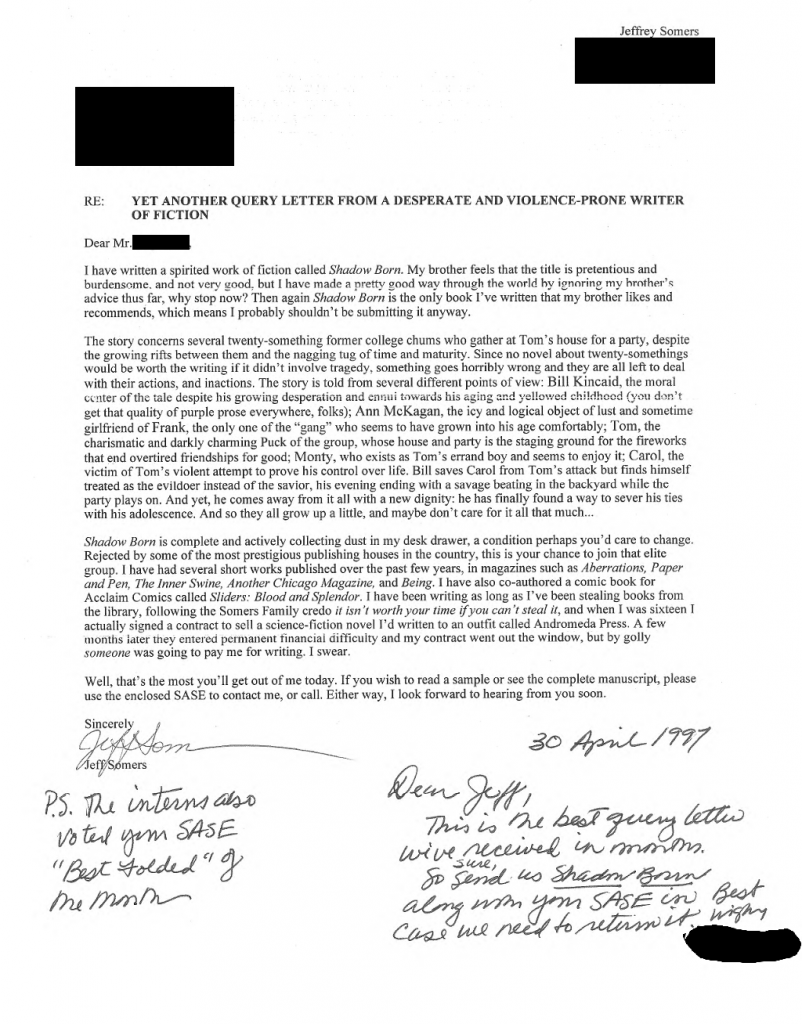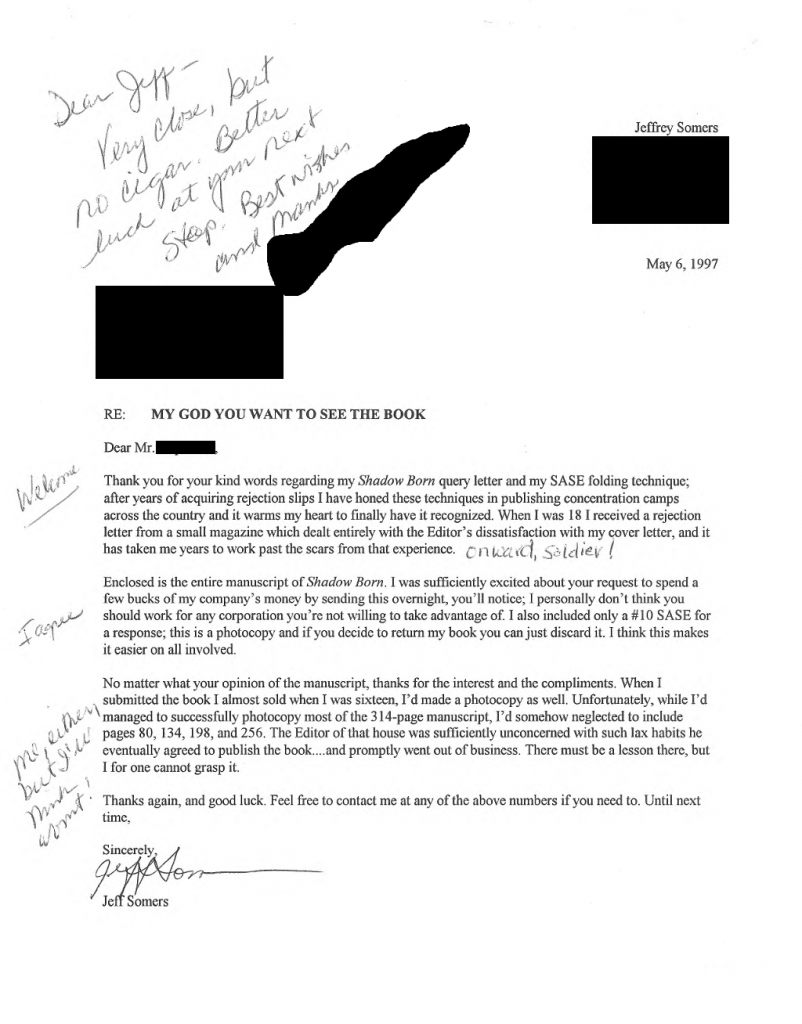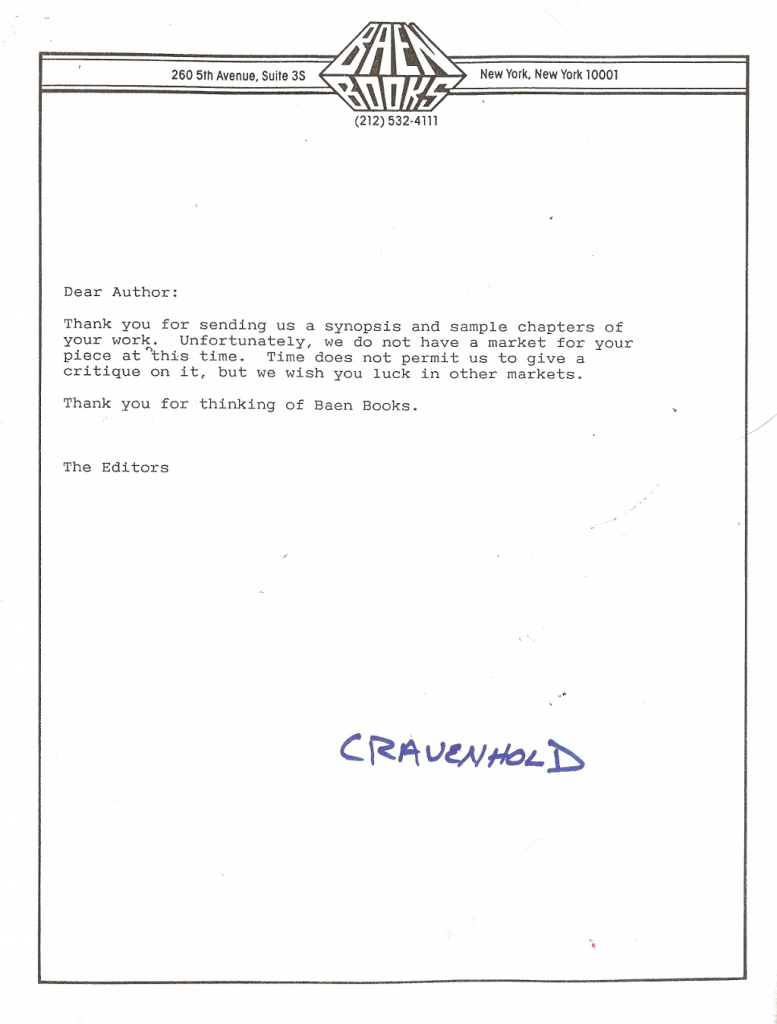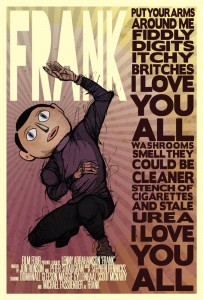The Lazy Writer’s Problem: Wikipedia
The conundrum is classic: They tell you, as a young writer, that you should always “write what you know.” The idea is sound enough: If you stick to things you know something about from personal experience — be it people to base characters on, or outlandish stories that actually happened, or the infinite details of a trade or hobby — then your writing will always ring true. It was shimmer with that special realistic gravity that sucks people in.
There are limitations, of course. Say you’re halfway through your novel and the plot problems would be solved if someone, say, joined the army. Great! Except you’ve never joined the army. In fact, uniforms, exercise, and weapons — the three main ingredients of military service, peppered with humiliation, violence, and busy work — are so not your thing. You wind up facing the horror that Lazy Writers everywhere fear most: Research.
The Bad Old Days
Of course, in the Bad Old Days, research generally meant either hitting the books at a library or actually doing the thing you needed research on. The former, while affordable and possible no matter your circumstances, was often deadly dull. The latter was only possible if you were a Gentry Writer living off the fumes of a trust fund or something — the rest of us, proles all, were forced to work Day Jobs and do our research on the margins.
Ah, but then the Internet! Suddenly, Lazy Writers like me could just look stuff up. Need to know what a street looks like in a small town in France? Try Google Street View. Everything is out there if you dig hard enough, and you don’t have to put on pants and walk out into the sunlight to the library, or book a flight to France just to snap some photos.
The Bad Old Now
However, disaster looms for we Lazy Writers, because, as usual, Trolls are ruining everything. Wikipedia has always been a dubious place to do real research — you would never have used Wikipedia as the basis for anything serious. Novel research, however — why not. After all, 90% of a novel is made up anyway. Wikipedia was filled with misinformation and politically-motivated edits, yes, but for quick, basic stuff you could at least use it as a starting point.
No more; the Trolls have ruined it. A decline in working editors, an ever-expanding and torturous set of rules in an increasingly insulated Wikipedia, and a growing amount of bullshit going uncaught in the online encyclopedia has put the nail in it: If you want to be a Lazy Writer, you’re screwed.
Worse, a recent experiment found that small errors purposefully introduced to Wikipedia lingered for very long periods of time, meaning that your chances of picking up a detail you think makes you sound smart will actually make you sound incredibly stupid. This, of course, is the fear of the Lazy Writer.
So what does it all leave us with? A lot of novels about being sad, mildly-employed alcoholics, because now all of us Lazy Writers have to Write What We Know.
